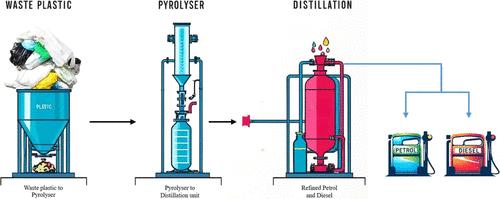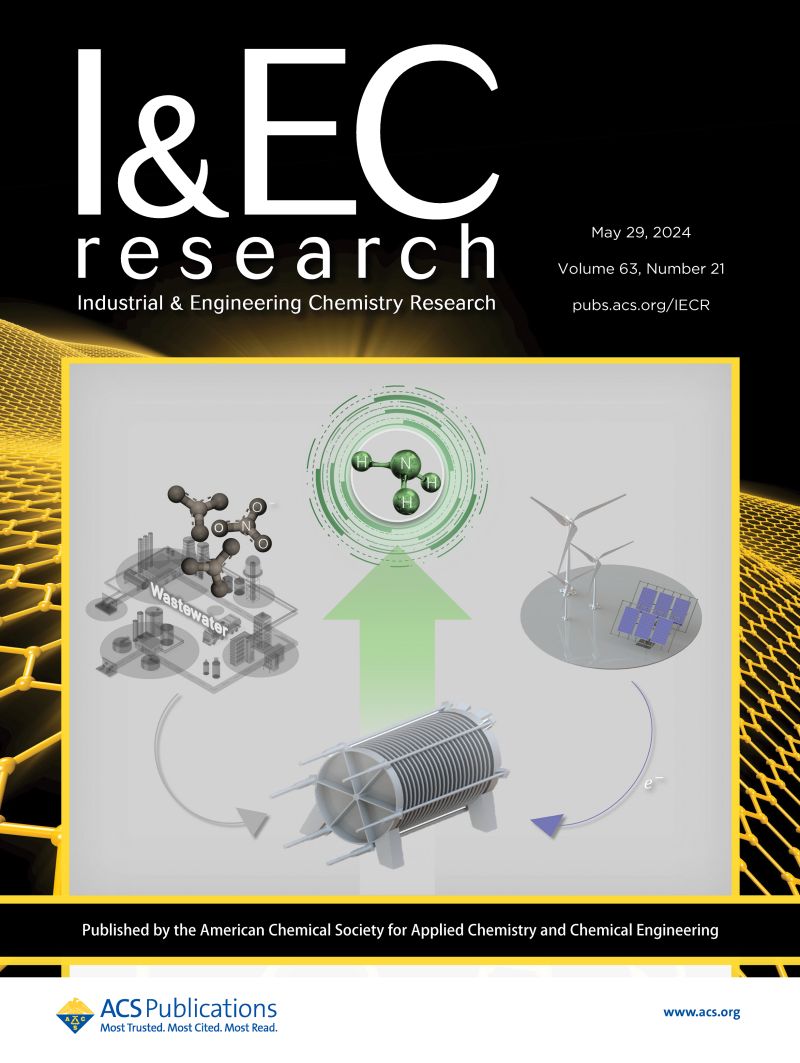Catalytic and Noncatalytic Pyrolysis of Waste Plastics: Comparative Analysis of Liquid Products from Polyethylene, Polypropylene, and Mixed Plastics with Diesel and Petrol
IF 3.8
3区 工程技术
Q2 ENGINEERING, CHEMICAL
引用次数: 0
Abstract
The exponential increase in plastic production over the past few decades has led to a corresponding surge in the level of plastic waste generation. Despite efforts to recycle, the growth in plastic waste recycling has not kept pace with the amount of waste generated, resulting in a significant environmental burden. Conventional plastic waste management strategies have considerable drawbacks. This has necessitated the exploration of alternative methods for efficient and sustainable plastic waste management. Pyrolysis has emerged as a promising solution for converting plastic waste into valuable liquid fuels. In this paper, the effect of catalyst on yield and product distribution is assessed, and a comparative study of the liquid products obtained from the pyrolysis of waste polyethylene (PE), waste polypropylene (PP), and waste mixed plastics is conducted. The resulting pyrolysis oils are analyzed in terms of their composition and physical properties and compared with conventional fuels such as diesel and petrol. Pyrolysis oil yields were significantly influenced by the presence of a catalyst, with yields ranging from 62 to 73% for liquid products, depending on feedstock and catalyst use. Chemical composition analysis revealed hydrocarbon distributions ranging from C5 to C24, with saturated hydrocarbons constituting up to 25% of the total and unsaturated hydrocarbons up to 20%. Physical property analysis showed that the pyrolysis oil’s specific gravity (0.73–0.82), calorific values (35–41 MJ/kg), flash point (37–45 °C), and pour point (−9 to −5 °C) closely aligned with those of diesel, suggesting its potential as a commercial diesel alternative. Comparative evaluation of pyrolysis oil with commercial fuels demonstrated its adaptability for use as an alternative fuel source. The findings show that plastic oils are similar to conventional diesel.

求助全文
约1分钟内获得全文
求助全文
来源期刊

Industrial & Engineering Chemistry Research
工程技术-工程:化工
CiteScore
7.40
自引率
7.10%
发文量
1467
审稿时长
2.8 months
期刊介绍:
ndustrial & Engineering Chemistry, with variations in title and format, has been published since 1909 by the American Chemical Society. Industrial & Engineering Chemistry Research is a weekly publication that reports industrial and academic research in the broad fields of applied chemistry and chemical engineering with special focus on fundamentals, processes, and products.
 求助内容:
求助内容: 应助结果提醒方式:
应助结果提醒方式:


